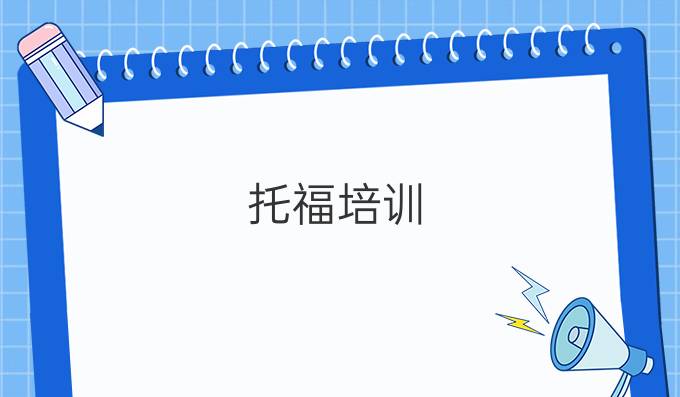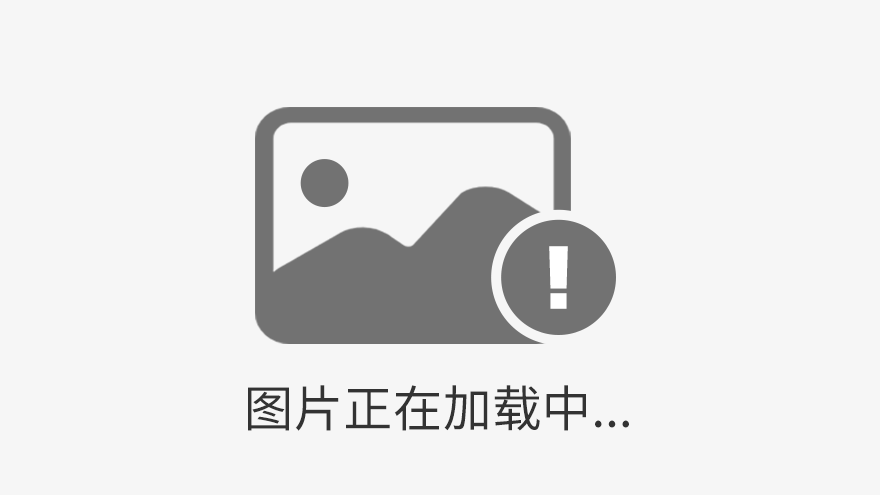在托福听力考试中,天文学科目虽然深奥但是考察的频率还是相对较高的,几乎和每场考试都会出现生物和艺术学科的概率差不多。本篇托福培训,朗阁小编就来和大家谈谈如何备考天文学这门学科。

朗阁海外考试研究中心 吴灵燕
在托福听力考试中,天文学科目虽然深奥但是考察的频率还是相对较高的,几乎和每场考试都会出现生物和艺术学科的概率差不多。本篇托福培训,朗阁小编就来和大家谈谈如何备考天文学这门学科。
首先,天文学这门自然科学的课程,相对来说是非常具有学科特色的,不像某些人文科学类的内容在日常生活或者平时积累中可以获取一些背景知识,天文学不是刻意了解的话肯定是不知道的。所以,相较而言,了解天文学的常考背景就变得非常重要了。本文从TPO真题中节选了一些天文学的考查范围以及学科知识来谈谈托福听力中天文学出现的4大范围。
天文学常考学科范围一:各种星系相关
TPO14Lecture3考到的内容是:在整个太阳系中,行星根据组成成分不同分成两类:The terrestrial planets(类地行星)--like Mars and Earth(火星和地球)--composed largely of rocks and metals(由大多数的岩石以及金属组成), and the large gas giants(类木行星), like Jupiter(木星). Well, the solar system also has two analogous classes of objects, smaller than planets--namely, asteroids and comets(彗星和小行星是行星的类似物,只是相对来说体积较小).
Both comets and asteroids are...typically are smaller than planets(彗星和小行星体要比行星来的小). And even smaller type of interplanetary debris is the meteoroid. And it's from meteoroids that we get meteors and meteorites(流星体是一种更小的东西,流星和陨石也是由此得来的). When these bits enter earth’s atmosphere, well, that makes them so special that they get a special name. They're called meteors(进入大气层的称之为流星).Most of them are very small, and they burn up soon after entering earth’s atmosphere. The larger ones that make it through the atmosphere and hit the ground are called meteorites(经历燃烧等掉入大地的叫做陨石).
天文学常考学科范围二:外太空各种星系是否有生命存在
首先,从科学角度出发,只有一些类地行星(terrestrial planet)上才可能适宜生命存在,一般常考的是火星上是否有生命迹象存在。以TPO30 Lecture3为例,文中提到因为近来的一些发现,尤其是一些微生物的发现,使得人们非常好奇火星上是否有生命存在。文中考到的内容Jarosite(黄钾铁矾)is a yellowish brown mineral with a crystalline structure(晶状体结构) that’s also found on Earth. It contains iron, potassium and hydroxide(含铁,钾,氢氧化物). The interesting thing is that on Earth at least it needs highly acidic water to form(需要强酸性的水). So we’ve got water or had it at one point(所以能*水的存在)……But Jarosite on Earth incorporates all kinds of microorganisms into its crystalline structure. So it’s possible that if the Jarosite on Mars was also formed with the help of microorganisms(还有可能微生物也起到了一定的作用).
天文学常考学科范围三:光谱技术
TPO5 Lecture3中就考到了Spectroscopy is the study of the interaction between matter and light(光谱研究物质和光之间的关系,大多时候的光谱都是一些星星发出的光). Now, visible light consists of different colors or wavelengths, which together make up what's called spectrum, a band of colors, like you see in a rainbow. And all substances, all forms of matter, can be distinguished according to what wavelength of light they absorb and which ones they reflect. It's like, um, well, every element has, what we call, its own spectral signature(不同的颜色代表不同的化学组成成分). If we can read that signature, we can identify the element. And that's exactly what spectroscopy does(而这个技术通常用于艺术发展史中的艺术品修复技术).
天文学常考学科范围四:天文学实际应用
Polynesians was to look for a star pair, that’s two stars that rise at the same time, or set at the same time, and navigators could use these pairs of stars as reference points, because they rise or set together only at specific latitudes(一对星星在某个相同的纬度同起同落). So navigators might see one star pair setting together. And, uh…would know how far north or south of the equator they were. And if they kept on going, and the next night they saw the pairs of stars setting separately, then they would know that they were at a different degree of latitude(航海家通过辨别星星的纬度来辨别位置航海方向), so looking at rising and setting star pairs is a good technique.
这是几篇TPO天文学相关的文章节选,那么天文学的学科考查有什么样的学科特色,考生应该如何备考呢?
一、电脑屏幕上给出的文字图片的解释
由于很多的天文学学科性比较强,不管是在讲解天文的新发现以及某种探测检测方法,包括某种我们平时不常见的行星,都会有名词图片给到考生,所以,考生一定要注意听懂文章中给到的专有名词解释,以及该名词的一些特点介绍,功能作用之类的内容。往往这些语句就是答案出现的位置。
二、各种实验研究发现的过程以及结果
一般来说,一些自然科学的文章中必然会出现research, study, experiment, hypothesis, assumption, theory这样的词汇,而作为找答案的关键词,这些研究结果就是一些要考察的内容。
另一方面,也得提醒广大考生,如果说是一段话都在讲解实验研究,那么实验研究的过程也是要考的,一定得注意实验的步骤中是否也有考点出现。
三、对比关系得注意
由于天文学部分大多数都是讲到一些太阳系中的其他行星或者各种星系的一些描述,往往会和地球进行某些对比,比如对比生命存在的条件,或者微生物等。









